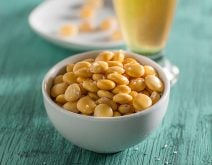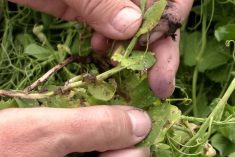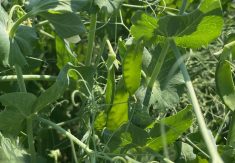Q: Do current commodity prices affect decisions with your field operations?
A: As one navigates the supply and demand factors of commodity economics, the act of grain marketing seems to be one of the more challenging components of the modern-day farming operation. However, the more significant challenge you should be tackling is the management of long-term sustainability and focusing on your return on investment (ROI) over the years — like any successful business.
One of the best ways to ensure a higher probability of success with a field operation is to have an integrated crop management plan that includes proper crop rotations. Short rotations promote the buildup of disease and pest loads and can also have a negative effect on soil health, soil nutrient supply and soil moisture. By incorporating an integrated crop management approach, you will be able to break pest and disease cycles by removing a consistent medium for pathogens to thrive on, which can lead to lower spore loads and less need for pesticides in the future.
Read Also

Cancer agency reclassifies another herbicide ‘probably carcinogenic’
The WHO’s cancer research agency has now put atrazine, a herbicide well known to corn growers, in the same potential-hazard category where the agency put glyphosate.
Rotation decisions should also consider the viability of the spores and how long of a break is needed between growing a susceptible crop. For example, in pea and lentil fields that have confirmed the presence of aphanomyces, a break of six to eight years is recommended to allow spore levels to decrease in the soil.
However, spores related to fusarium head blight often come from infected cereal stubble and, therefore, adequate time is needed for the cereal stubble to break down — so a four-year rotation is recommended in that case.
There are additional tactics that can be implemented with an integrated crop management plan that can enhance ROI. Use of seed treatments and seed enhancements can help promote germination and enhance cereal seedling health. The use of fertilizer catalyst products can increase fertilizer-nutrient availability, which leads to increased root and plant growth. Split applications of fertilizer in crop can have a beneficial effect on yield and are also a viable means of managing protein content in cereals, especially hard red spring wheats.
These are just some examples of management strategies that can enhance production while working within an integrated crop management plan. And there are more options and opportunities available that can further enhance crop production, making the farm operation sustainable now and in years to come.
– Tom Zatorski, PAg, is the manager of agronomic solutions in north-central Saskatchewan for Nutrien Ag Solutions.















